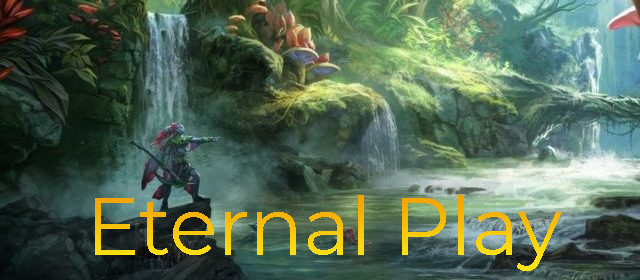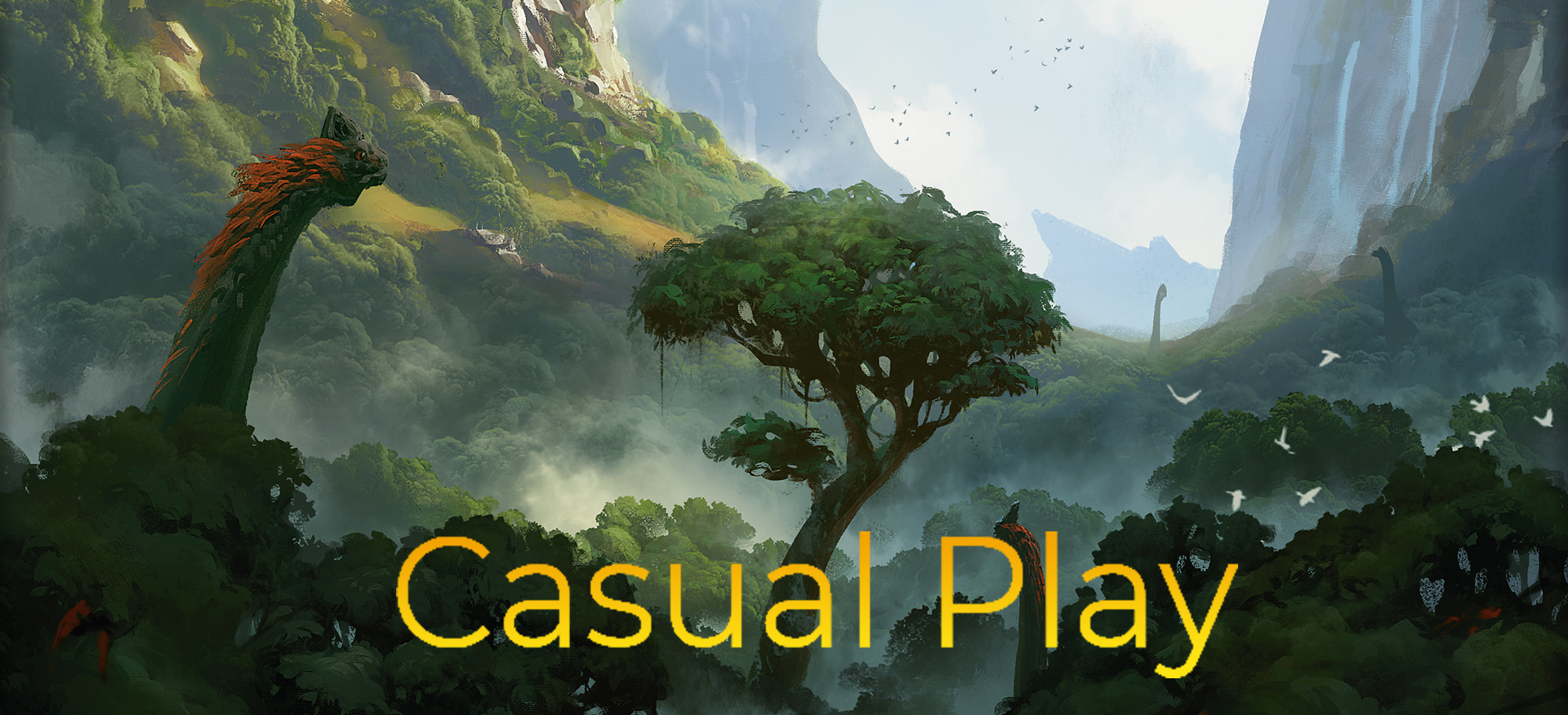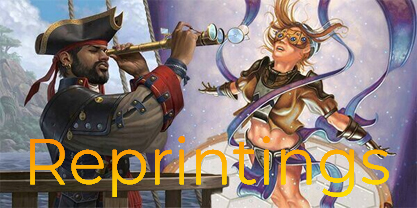The secondary market of Magic: the Gathering is a very volatile microcosm of real world financial markets. Similarly to financial markets, each individual product has a unique story and reason for its market history. The goal of this website is to attempt to predict the future price points of cards based on the trends of cards with similar properties.
The first step towards accomplishing this is identifying characteristics that result in similar price trends. In order to do this, even if you are completely unfamiliar with the game, a rudimentary knowledge of the different ways the game are played (known as formats) is required. In short, there are 3 types of formats that are popular enough among players to have a significant impact on the price of a card.
The first of these formats is Standard, which only allows cards printed in the last two years and once a year rotates the cards that no longer fit this criteria out of the format.
The next are “Non-Rotating” formats such as Modern, Legacy, and Vintage, which allow either cards from the last 15 years, or cards from all of Magic’s history and are legal forever, thus the name “non-rotating.” These two types of formats are the ones that are supported for tournaments, typically making cards powerful in them the most valuable.
The last of these types of formats are casual formats, which are not supported in tournament play. The two main types of casual formats are “kitchen-table” magic, which has the same deckbuilding constraints as the tournament supported formats, and “Elder Dragon Highlander,” (colloquially Commander or EDH) which is a format where decks are built from 100 cards as opposed to the normal 60, and only 1 copy of each card can be used in a deck, as opposed to the normal 4 copies. Each of these formats create the largest effect on the value of a card overtime, resulting from how often the card is played in these formats, and thus the demand and price of a card.
Another important piece of information is the means of distribution for cards. The initial distribution is straight from the source, Magic’s parent company Wizards of the Coast in the form of booster packs and supplemental products. Of these, booster packs are the main method most cards originate from. Booster packs are packs of 15 random cards sold for around $4 each. Supplemental products are premade, nonrandom decks with a predetermined list of cards. From these distribution methods, there are many introductions into the secondary market. The most common of these, and the most common price index is tcgplayer.com, which allows users to buy and sell both individual cards and supplemental products to other users online. There are also several online retailers such as channelfireball.com and cardkingdom.com, which allow users to buy and sell cards at predetermined price points to and from the company that runs the website, instead of individual users.
Now that we know the main ways cards are distributed and valued, we can look into the categories that separate individual cards. I have identified 4 major categories that cards fall into. Cards can fall into multiple categories, and also subcategories within these, but for the sake of simplicity will be divided into these initial 4: Standard Playable, Non-Rotating Playable, Commander/EDH Playable, and Bulk. The VAST majority of cards, around 95%, fall into the category of bulk. Either because of a very large supply or lack of playability and demand, these cards are essentially worthless on the secondary market, valued at less than $2.00. Cards below this price point are considered worthless because they cannot be sold individually at a profit, because shipping the card itself to the buyer would result in a net loss. The remaining 5% fall into one or more of the categories of playable, and can be sold for profit.
So what makes magic cards valuable on the secondary market? In short, similar to real world products, supply (how much of the card is available) and demand (how powerful the card is within the game) are the major determinants of how valuable a card is. There are many other external factors, but each of these will have its own article dedicated to it.
In terms of Supply, Magic cards are separated by the game developers into four tiers of rarity, Common, Uncommon, Rare, and Mythic Rare. Each booster pack, the main method of initial distribution of cards, contains 11 common cards, 3 uncommon cards, and 1 rare or mythic rare card. Simply because of the increased supply, most common and uncommon cards are worth nothing on the secondary market, with rare, specific exceptions. Thus, the vast majority of cards worth more than a negligible amount on the secondary market are rare or mythic rare rarity.
However, the majority of rare and mythic rare cards are still worthless; for a card to be valuable in the secondary market, it not only has to have a limited supply, but also high demand, usually because of playability in one of the three major format types. This makes the financial market for Magic: the Gathering cards seem incredibly simple, however the absolute myriad of external factors makes attempting to predict future prices very difficult (if it didn’t this wouldn’t be much of a website). That is the purpose of this website, to take into account all the external factors in addition to simple supply and demand, group cards together based on those with similar characteristics, and try to predict price trends based on previous trends in similar cards. Each article will examine an external characteristic and how it affects the prices of cards, and provide examples of cards that currently follow these trends, and cards I predict will follow these trends in the future.
Copyright 2017 Ian Rickles







